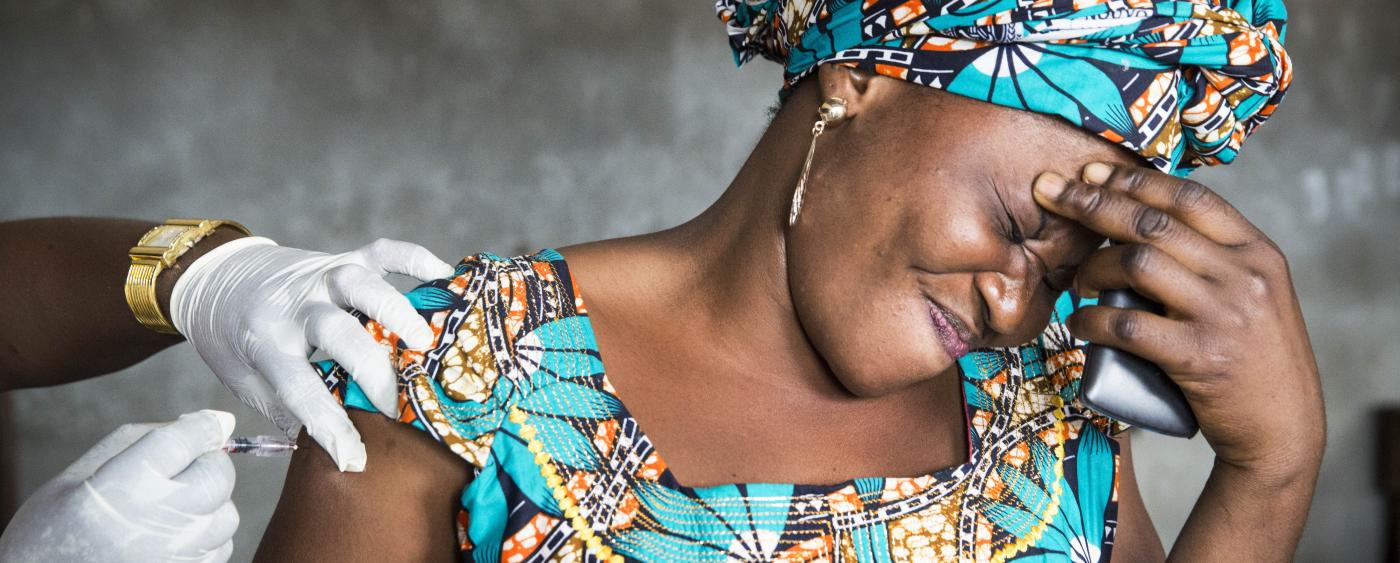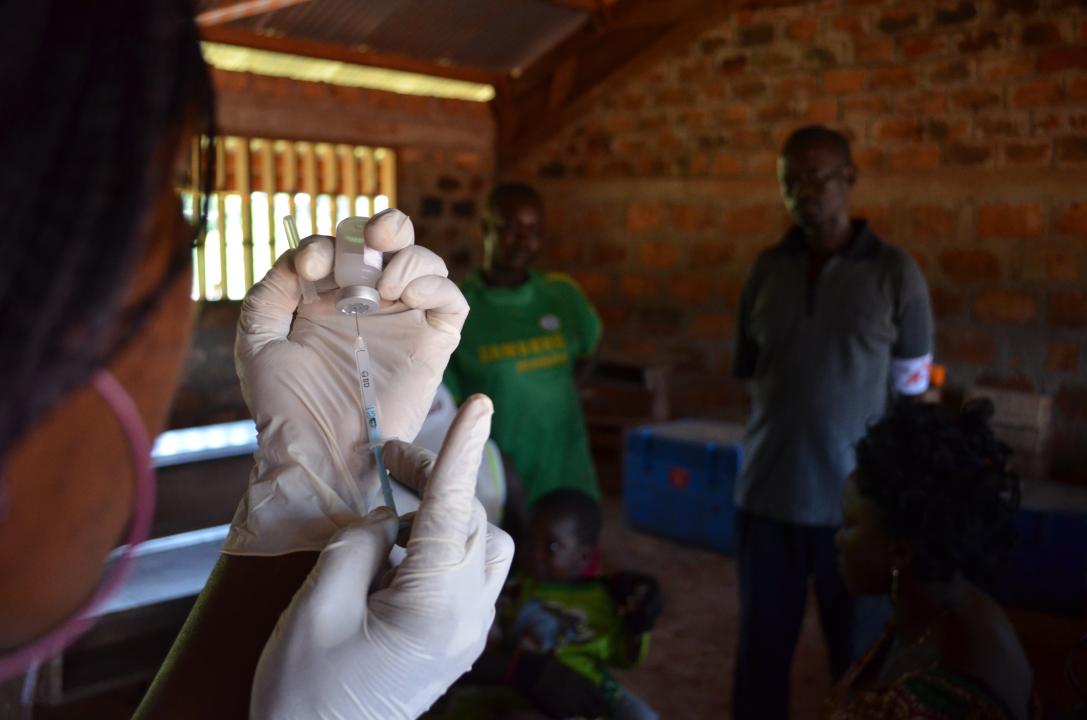VACCINE MICROPATCHES

Dieter Telemans
An innovation
Measles remains one of the leading causes of preventable child mortality in low- and middle-income countries, with nearly 100,000 deaths per year.
Despite the existence of an effective vaccine, vaccination coverage remains insufficient in many areas where MSF operates. Although the organisation regularly organises vaccination campaigns, these campaigns remain complex to implement, particularly due to the need for qualified personnel, the use of needles and syringes, waste management, and cold chain constraints.
To address these obstacles, MSF is exploring a promising innovation: vaccine micropatches, or Microarray Patches (MAPs), which allow vaccines to be administered through the skin without needles or syringes.
MSF's commitment
Since 2018, MSF has been closely following the development of this technology, which could transform the approach to vaccination in unstable contexts. Three candidates for a combined measles-rubella vaccine are currently at different stages of clinical trials.
These micropatches would offer several advantages:
- Painless for the patient -> increased acceptability
- Simplified use → potentially even by non-medical personnel
- No needles or syringes → lower risk of contamination and less waste
- Improved thermal stability → use outside the cold chain to overcome many logistical problems that hinder vaccination efforts
With approval for market release expected by 2030, MSF and the MSF Foundation want to ensure that these devices are operational as soon as they are launched, particularly in contexts of high need: epidemics, remote areas, children under 9 months of age, and displaced populations.
The role of the MSF Foundation
With its expertise in medical innovation and its proximity to the association's areas of intervention, the MSF Foundation plays a central role in representing MSF in the development of micropatches and ensuring that they are suitable for humanitarian contexts.
In its influential position, it maintains an ongoing dialogue with key players in the sector – manufacturers, researchers, health institutions – to ensure that MSF's operational needs are taken into account in the next stages: product design, definition of implementation conditions, and recommendations for use. It also ensures that populations often excluded from initial clinical trials are included in future research phases.
In 2025, the MSF Foundation supported Epicentre's bid for a WHO tender to conduct a pre-implementation study at an MSF site in the Greater Katanga region (Democratic Republic of Congo). The study aimed to assess the feasibility, acceptability and practical implementation conditions for micropatches in an operational context.
The objective is to ensure that this technology moves from the promising stage to that of a concrete solution, promoting vaccine equity in the most precarious contexts.

Markel Redondo
